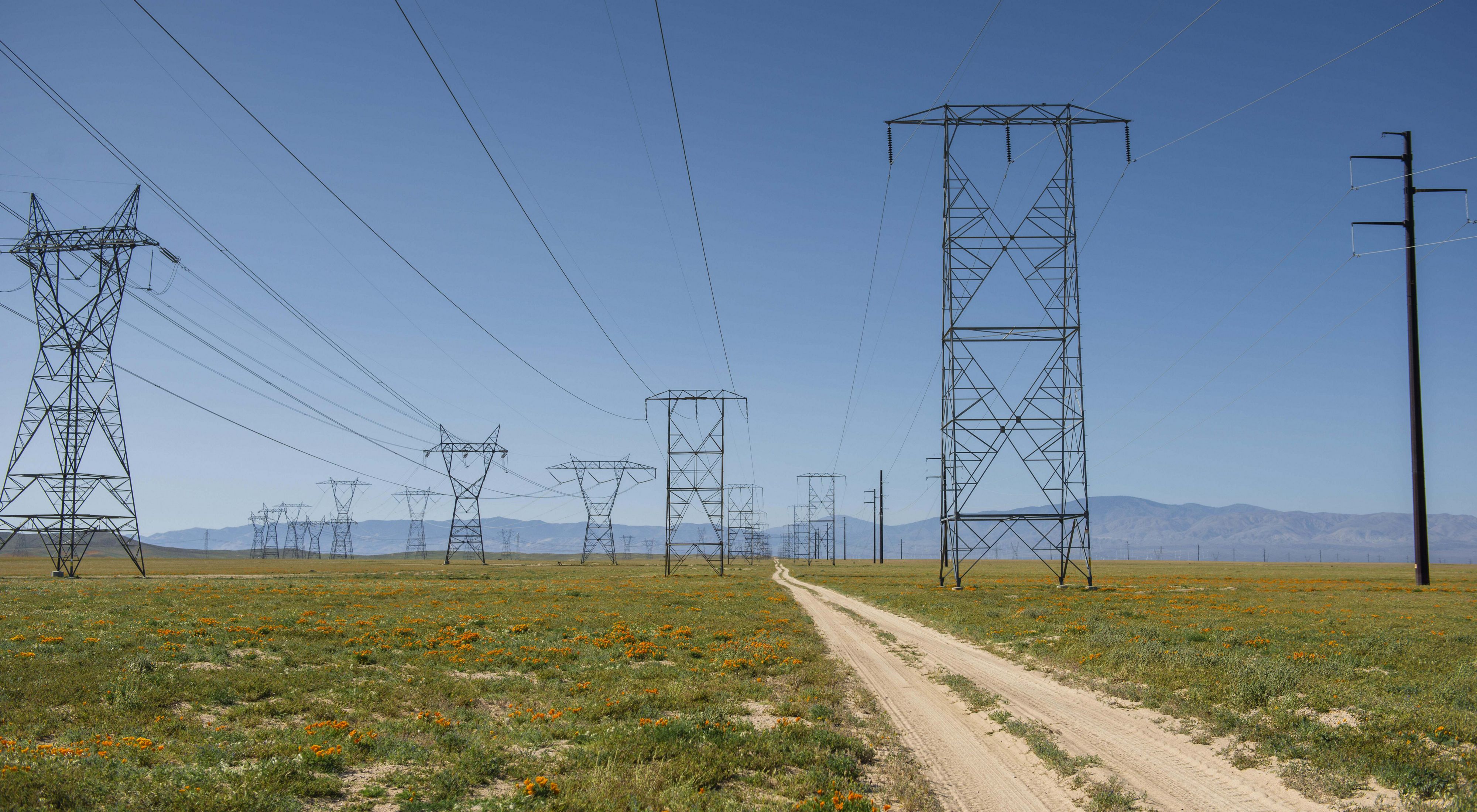Power Plant Rules Will Complement Recent Clean Energy Investments for Meaningful Emissions Reductions
Media Contacts
-
Randy Edwards
The Nature Conservancy
Phone: 703-407-9316
Email: redwards@tnc.org
The Nature Conservancy is encouraged by today’s announcement by the U.S. Environmental Protection Agency (EPA) of new proposed rules to substantially reduce carbon pollution from U.S. power plants.
The proposal, released May 11, sets emission limits and guidelines based on cost-effective, available control technologies, such as carbon capture and storage and low-greenhouse gas hydrogen, for power plants that generate electricity by burning coal, oil and natural gas.
“The EPA’s proposal comes at a critical point in our race to stem greenhouse gas emissions and limit the worst impacts of climate change,” said Jason Albritton, North America Climate Mitigation Program Director for The Nature Conservancy. “The United States, the world’s second largest carbon emitter, has made progress and committed significant resources to addressing the crisis head-on, but more still needs to be done.”
“The pragmatic, science-based regulations proposed by EPA will work hand-in-hand with recent investments and incentives approved by Congress to secure meaningful emission reductions from the power sector, which currently accounts for 25% of overall U.S. greenhouse gas emissions,” Albritton said. “Tax credits approved by the Inflation Reduction Act, along with years of federal investment in research and development in cleaner air technologies will make it easier for companies to meet these standards in the future.”
The proposed guidelines outline requirements for states to undertake meaningful engagement with affected stakeholders during the planning process. “As part of this policy discussion, the EPA should carefully consider the concerns of low-income or otherwise marginalized communities who have long suffered a disproportionate burden of pollution from this sector,” Albritton said.
The Nature Conservancy is a global conservation organization dedicated to conserving the lands and waters on which all life depends. Guided by science, we create innovative, on-the-ground solutions to our world’s toughest challenges so that nature and people can thrive together. We are tackling climate change, conserving lands, waters and oceans at an unprecedented scale, providing food and water sustainably and helping make cities more sustainable. The Nature Conservancy is working to make a lasting difference around the world in 81 countries and territories (40 by direct conservation impact and 41 through partners) through a collaborative approach that engages local communities, governments, the private sector, and other partners. To learn more, visit nature.org or follow @nature_press on X.


